Transforming sustainable production models
According to the Institute of Strategy and Policy on Agriculture and Environment, climate change causes increased temperatures, prolonged droughts, deeper saltwater intrusion into fields and complex landslides in the Mekong Delta and many other key agricultural production areas. The consequences are reduced crop yields, reduced cultivated areas and increased production costs. Plant and animal diseases are more prevalent due to extreme weather, causing great losses in output and quality of agricultural products and threatening food safety.
In addition, risks from natural disasters and epidemics increase insurance costs, preventative investment and reduce the competitiveness of Vietnamese agricultural products in the international market. In the long term, without solutions to adapt and transform sustainable production models, the agricultural sector will face the risk of serious decline in productivity and economic efficiency.
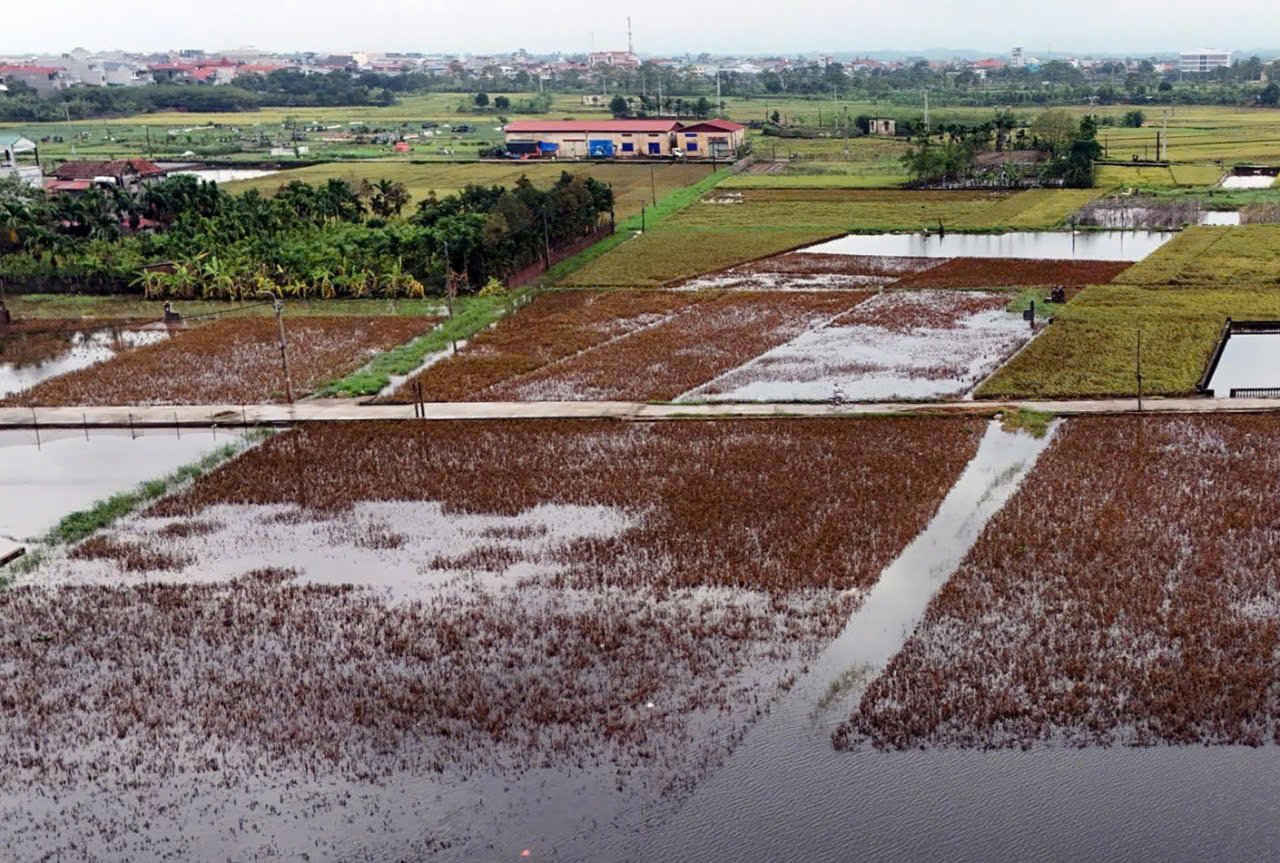
In that context, proactive adaptation is identified as an urgent task that needs to be implemented synchronously and drastically. Vietnam is investing in developing smart irrigation infrastructure systems and multi-purpose disaster prevention works, ready to respond to extreme situations. The monitoring and early warning network is being upgraded to minimize risks and protect people's lives and property.
Adaptation policies also put communities at the center. Supporting people to train for new jobs, diversify their livelihoods, and access social protection systems are ways to ensure that no one is left behind in the transition. With increased resilience, climate impacts will no longer be a barrier that holds rural areas back in the development process.
At the same time, environmental protection is promoted through socialization. People, businesses, and social organizations are encouraged to participate in programs to restore ecosystems and rural environmental landscapes. Industry and environmental services are focused on development, contributing to the treatment of air, water pollution, and industrial and agricultural waste in a circular, low-emission direction.
Strong investment in modern monitoring systems, environmental quality monitoring and natural disaster risk monitoring in ecologically sensitive areas is also being promoted. Early warning technologies support proactive prevention, minimize economic losses, and help agriculture operate more safely and adaptably in a changing climate.
Low carbon economic development
Reducing greenhouse gas emissions is both an international responsibility and an economic opportunity that Vietnam needs to grasp to break through in the new era. The orientation document focuses on promoting low-carbon production models such as organic agriculture, regenerative agriculture, clean energy and circular economic development to reduce pressure on resources and the environment.
The carbon credit market is considered a potential development space, opening up new sources of income for the economy. When agriculture actively participates in storing carbon in soil and biomass, Vietnam can take advantage of carbon trading opportunities to increase economic benefits and contribute to global emission reduction goals.
At the same time, promoting the market for green products and recycled products will gradually form a culture of sustainable consumption, especially in rural areas. Livelihood models adapted to climate change are replicated in coastal, delta and mountainous areas – where people are most at risk from natural disasters.
To develop an effective low-carbon economy, Vietnam focuses on mobilizing maximum domestic and international resources and taking advantage of global incentive mechanisms for green transformation. This is an important basis for achieving the commitment to net zero emissions by 2050.
The policy also aims to establish a domestic carbon credit market system that can connect with regional and global markets. This will help improve Vietnam's position in the global supply chain when environmental standards become mandatory for export goods.
Updating climate change and sea level rise scenarios for each region and locality is a key requirement in the development planning process. People and businesses are guided to proactively adapt, synchronously deploy engineering and non-engineering solutions, effectively promote investment resources and community strength.
Developing a green and circular economy is gradually becoming the mainstream in resource management and administration. When emission reduction becomes the new development standard, Vietnam will have better access to markets, capital and high technology, contributing to improving the competitiveness of the economy.
Proactive adaptation combined with a low-carbon economic development strategy is the only and inevitable path for Vietnam to move towards a safe, prosperous and sustainable future. This is not only a development requirement but also a task to protect national interests, protect people's lives and contribute responsibly to the global common effort to respond to climate change.
Source: https://baotintuc.vn/xa-hoi/chu-dong-thich-ung-bien-doi-khi-hau-va-phat-trien-nen-kinh-te-carbon-thap-20251031124710195.htm


![[Photo] Prime Minister Pham Minh Chinh attends the 5th National Press Awards Ceremony on preventing and combating corruption, waste and negativity](https://vphoto.vietnam.vn/thumb/1200x675/vietnam/resource/IMAGE/2025/10/31/1761881588160_dsc-8359-jpg.webp)

![[Photo] Da Nang: Water gradually recedes, local authorities take advantage of the cleanup](https://vphoto.vietnam.vn/thumb/1200x675/vietnam/resource/IMAGE/2025/10/31/1761897188943_ndo_tr_2-jpg.webp)

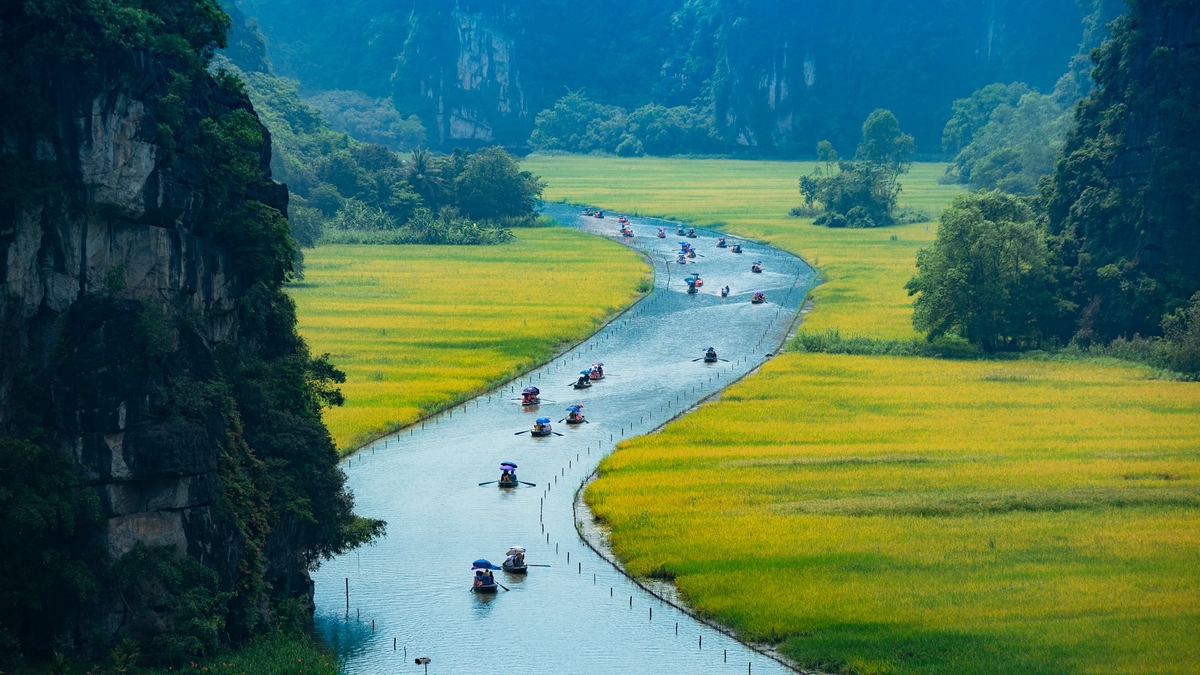
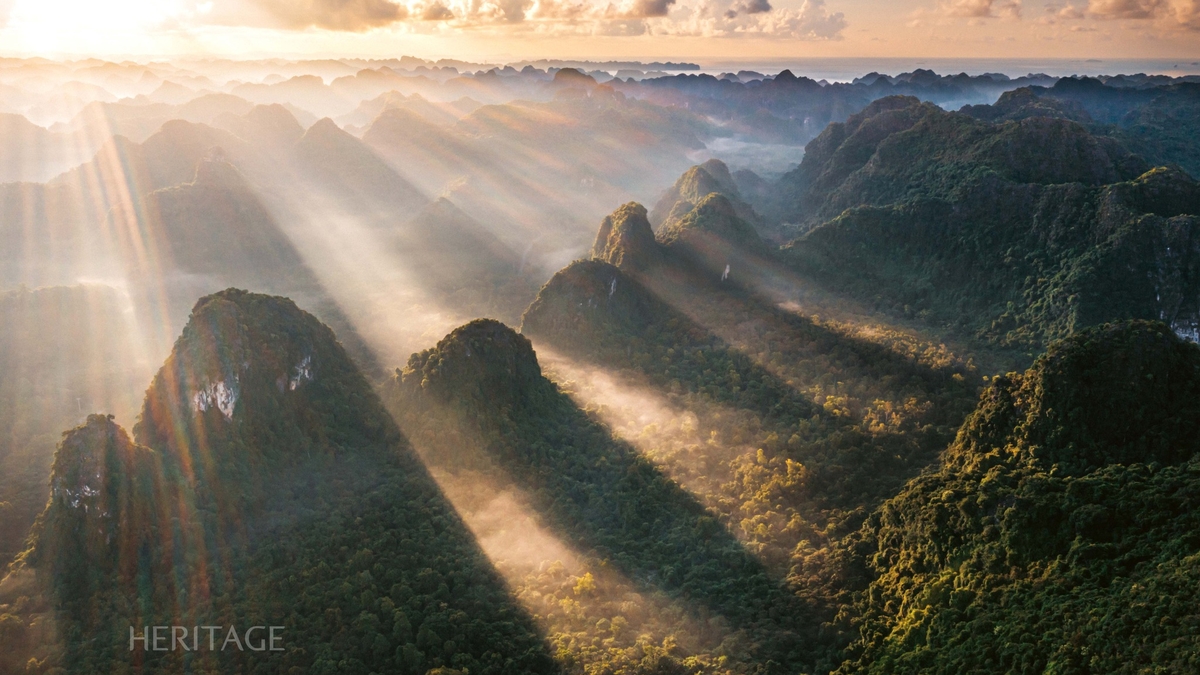
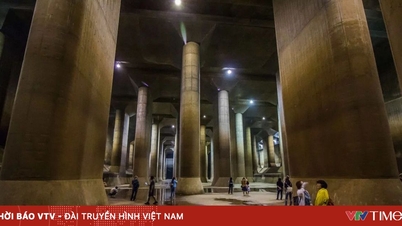

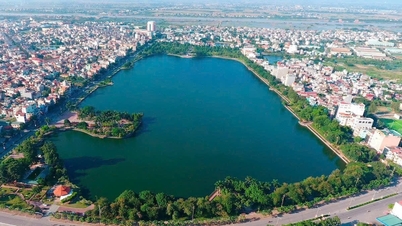

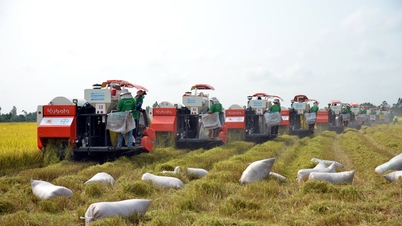
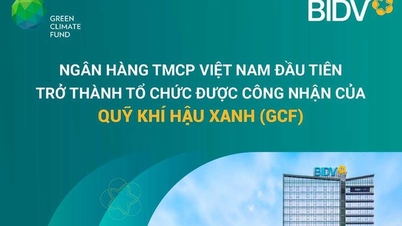



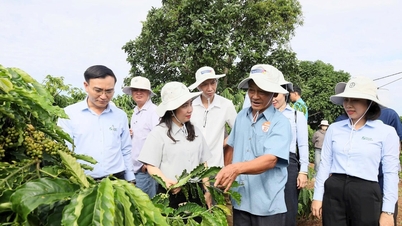

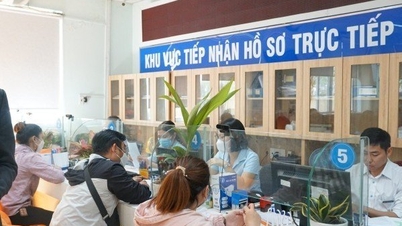

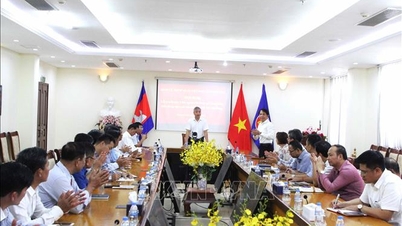

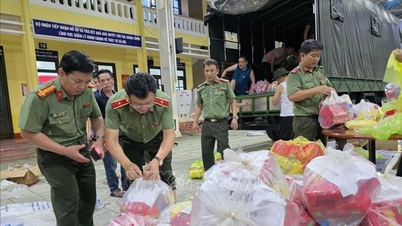






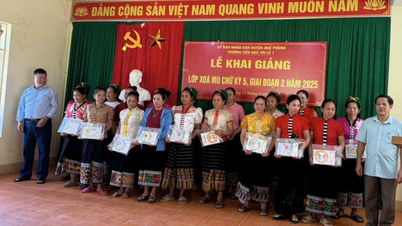
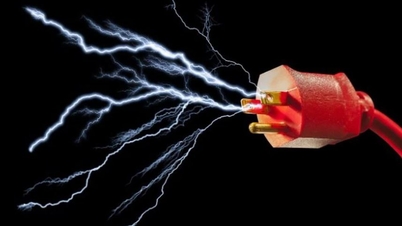
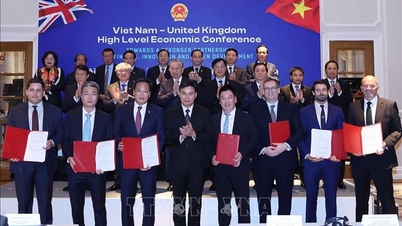

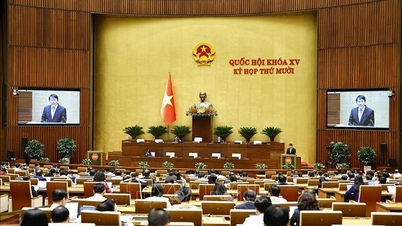


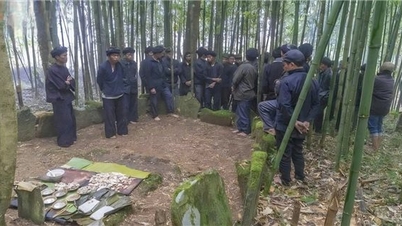

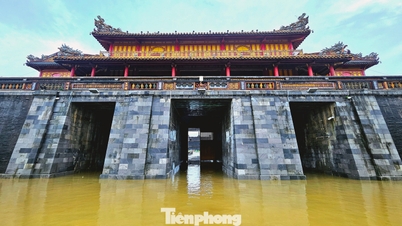

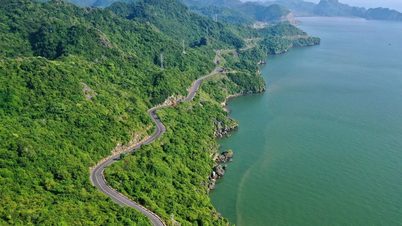














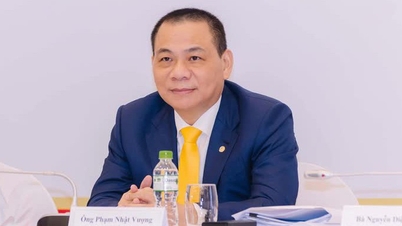
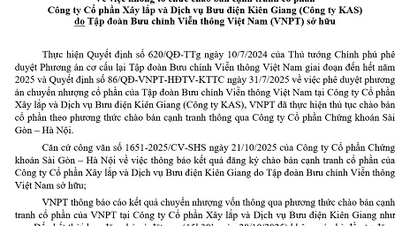


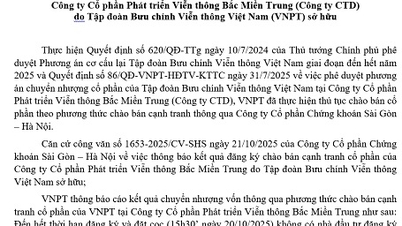
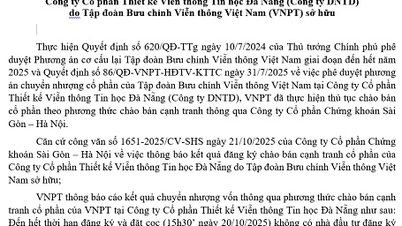








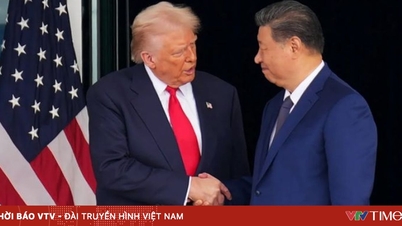
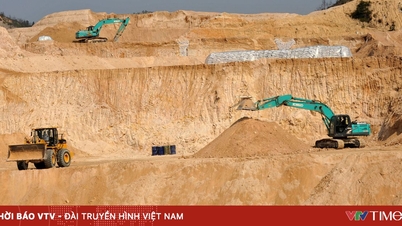

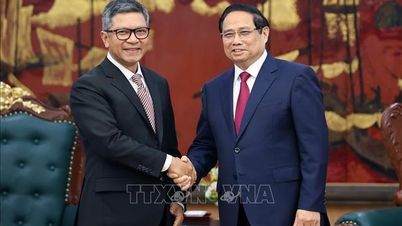
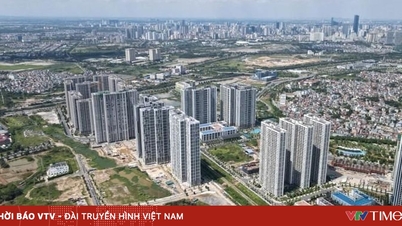


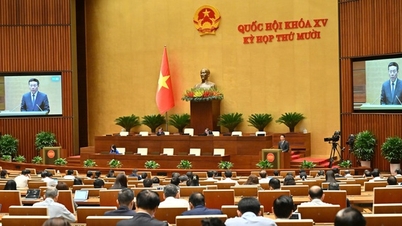

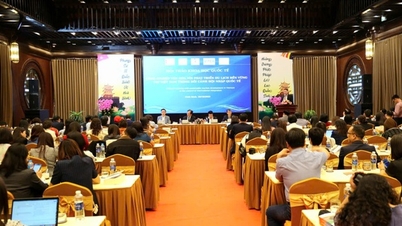
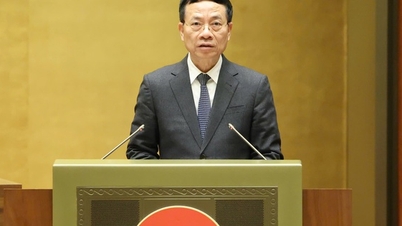
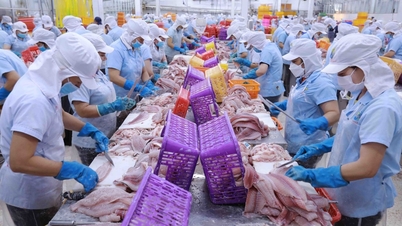
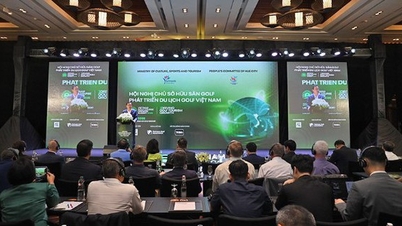
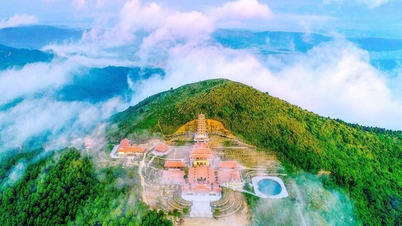

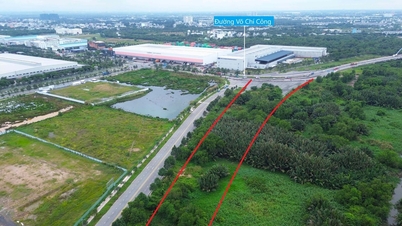


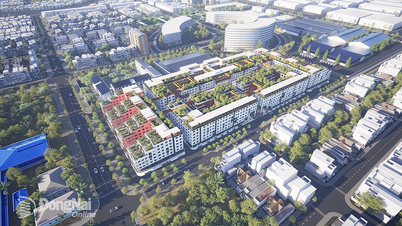


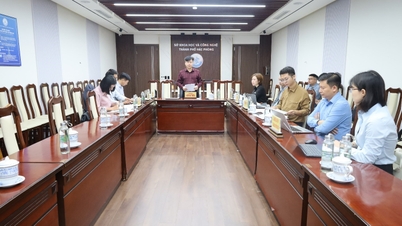














Comment (0)